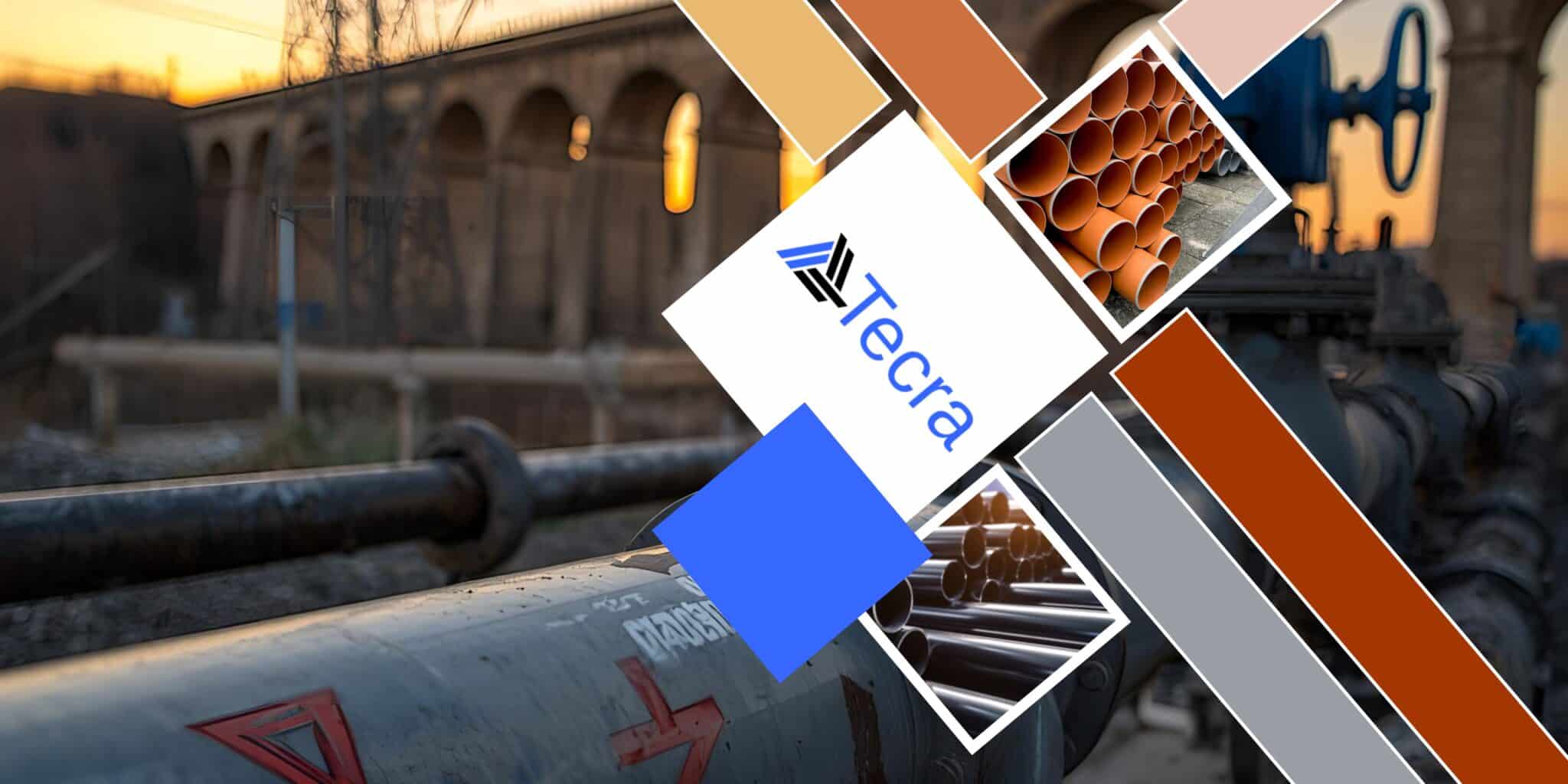Water is an essential, primary necessity that must not be wasted.
Those people that everyday design and manage water systems for sanitary, domestic, purification, sewer and aqueduct applications, know that choosing the right materials for water pipes, fittings, and air ducts is of utmost importance to prevent leaks and ensure safety, especially in terms of hygiene and health.
Depending on the specific use, there is a wide range of materials that can be employed for water pipes, sewer systems and aqueducts.
Steel
Steel tubes for water pipes usually have an outer polyethylene or cement mortar coating and an inner coating made of cement mortar or epoxy/polyamide resin that make the pipes more corrosion resistant especially in aggressive environments ensuring the maximum possible safety, particularly for drinking water.
Generally speaking, steel is chosen for systems under pressure, for submarine pipes or air duct pipelines, but also for industrial sewer pipes.
Nowadays it is in high competition with other materials that are equally resistant, but that require better maintenance and lower costs. In fact, steel is surely more expensive, but it ensures better mechanical resistance. For this reason, it is still the best choice in particular contexts where it is even coated to make it much more resistant.
Furthermore, AISI 304 and AISI 316/316L are naturally corrosion-resistant austenitic steels; they can be used for transporting fluids such as drinking water or water to be purified, for above-grounded pipelines in contact with mildly aggressive chemicals (in the first case), or in more aggressive environments (in the second case). The addition of chromium and molybdenum in 316/316L makes these steels particularly resistant to corrosion.
As an alternative, within the same category, the most frequently used are also carbon steel (L 235 – L275 – L355 according to UNI EN 10224) or galvanized steel mainly chosen for drains or the transport of aggressive liquids. The zinc layer makes them resistant to corrosion; nevertheless, above certain temperatures there could be the risk that the layer may be damaged.
Ductile iron
Used in both sewer systems and water supply networks, ductile iron stands out for its high mechanical strength and long service life, making it particularly suitable for applications that require robustness and reliability.
Ceramic gres
Ceramic gres is mainly used for sewer systems due to its chemical resistance, impermeability, and durability. It is a traditional yet highly effective material that ensures excellent performance and long-term reliability.
Polyethylene
Polyethylene is now dominating the market, especially for underground pipelines and water treatment plants due to the fact that it is resistant, easy to install, cheaper, and doesn’t modify water composition and characteristics. It is mainly used in industrial plants thanks to its resistance to chemical factors, but it is also employed for sewer systems.
In some cases, PVC represents a good solution too, but it is less resistant; for this reason, it is often reinforced. It can be used in the case of household drains.
Polypropylene
Polypropylene, mainly used for drinking water and the food industry, can be also employed for household drains in the case of washing machines and dish washer machines.
Actual trends show the development of new materials and innovative solutions for the realization of water fluids systems and in general that probably will substitute traditional ones such as steel. Nevertheless, steel is the best choice in highly critical contexts due to its intrinsic characteristics.
Tecra is at your side providing steel pipes for your water systems.
For more information or to receive a personalized quote, contact us!

